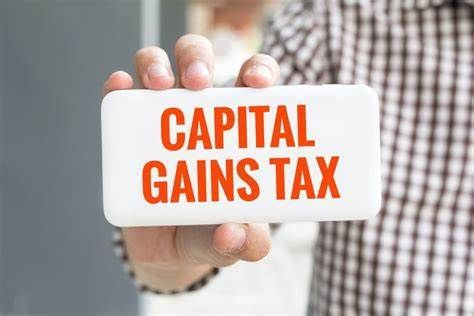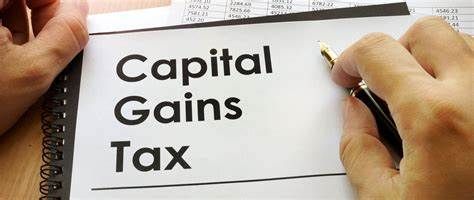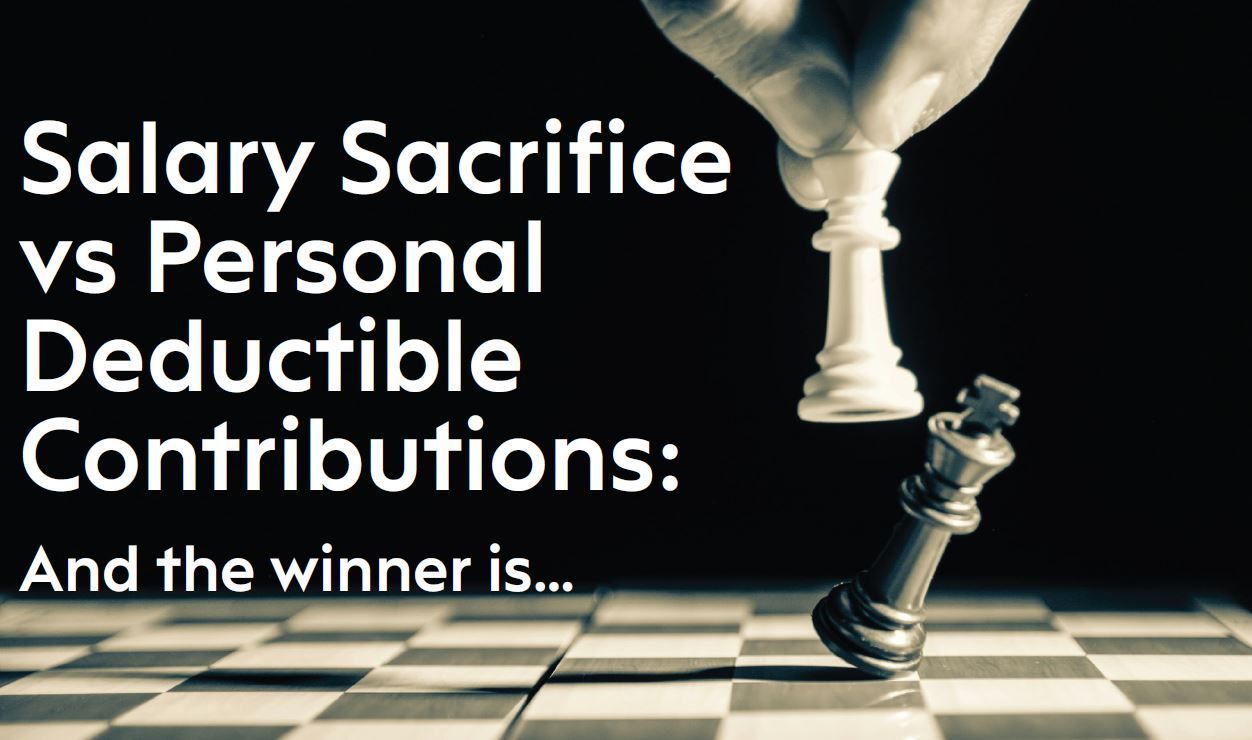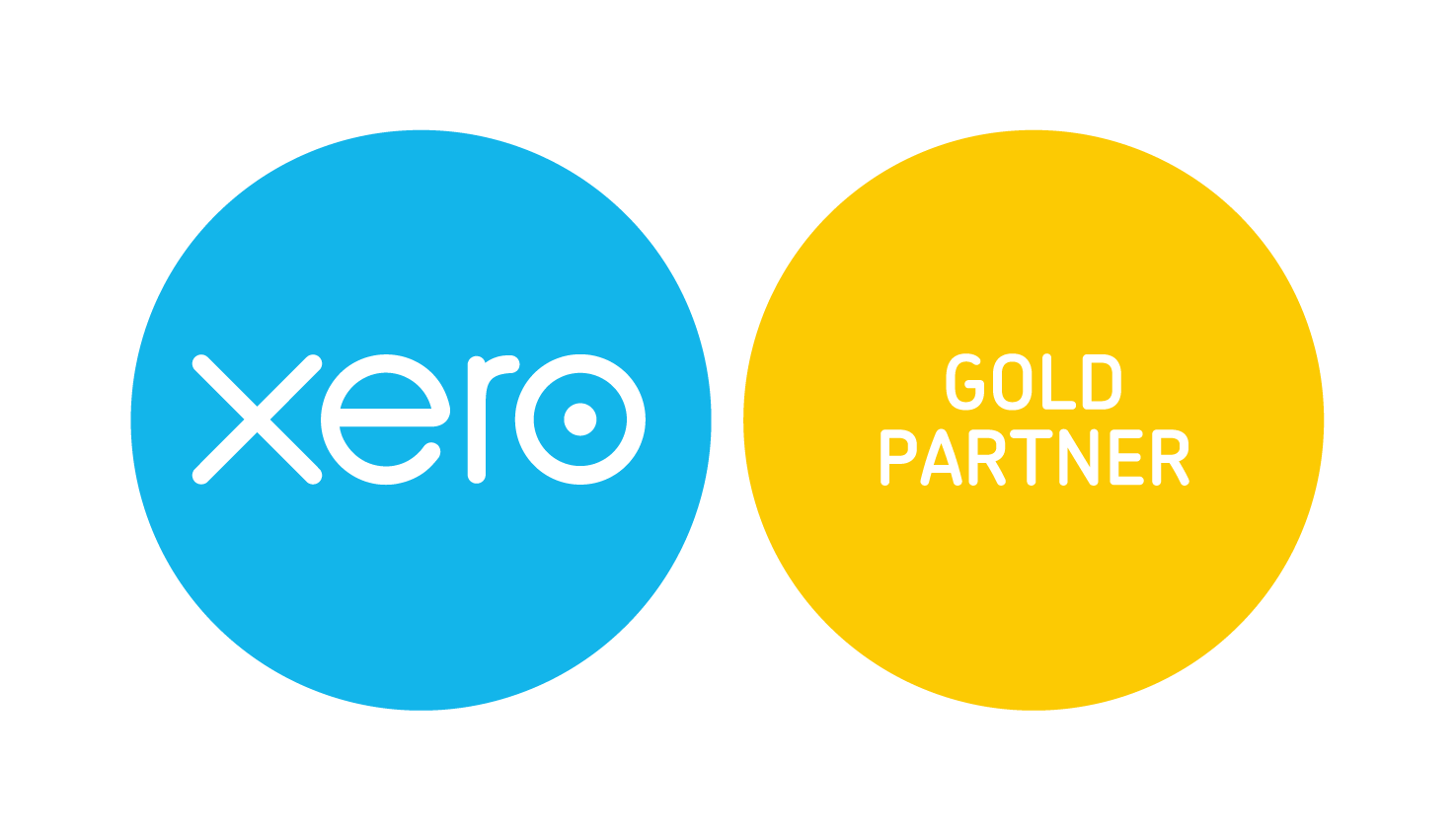By Brad Dickfos
•
April 7, 2025
2024-25 FBT Checklist With the due date for FBT returns coming up, the following non-exhaustive checklist may prove useful in determining whether an employer has an FBT liability in the first place. Although it will generally fall to your accountant to prepare the FBT return from your software file or other records, all of the instances where you have provided employees and/or their associates (e.g. spouse) with a potential fringe benefit may not always be apparent to them. To assist you in bringing these potential benefits to the attention of your accountant, following is a general checklist to refer to. CAR FRINGE BENEFITS Does a car fringe benefit arise? For FBT purposes a “car” is: any motor-powered road vehicle (including a four-wheel drive) that is designed to carry: - less than one tonne, and - fewer than nine passengers. Were any vehicles provided to employees (or associates) during the FBT year? You make a car available for private use by an employee on any day that either: a. the car is actually used for private purposes by the employee or b. the car is available for the private use of the employee. A car is treated as being available for private use by an employee on any day that either: a. the car is not at the employer’s premises, and the employee is allowed to use it for private purposes, or b. the car is garaged at the employee’s home. If so, was the vehicle designed to carry less than one tonne and fewer than nine passengers? If so, the vehicle would be classified as a “car” for FBT purposes. If not, the provision of the vehicle may constitute a “residual fringe benefit” (see later). Different requirements in valuing the benefit then apply. Exemptions Is the vehicle a taxi, panel van or utility? If so, an exemption is available where there is private use of the vehicle by a current employee and the vehicle is either: a taxi, panel van or a utility designed to carry less than one tonne, or any other road vehicle designed to carry less than one tonne which is not designed to principally carry passengers, and the employee’s use of such a vehicle is limited to: - travel between home and work - travel incidentals where travel expenses are incurred in the course of performing employment-related duties, and - non-work-related use that is minor, infrequent and irregular. This means (according to the ATO) less than 1,000 kms of private vehicle use, with no single private use journey in excess of 200 kms. (Note: the ATO expects the employer to exercise some oversight over the minor, infrequent and irregular use of the vehicle.) Is the vehicle a dual cab vehicle? If so, the vehicle will qualify for the work-related use exemption only if: it is designed to carry a load of one tonne or more, and more than eight passengers, or while having a designed load capacity of less than one tonne, it is not designed for the principal purpose of carrying passengers. Is the vehicle a “modified” vehicle? Certain modified vehicles are exempt from FBT where modifications permanently change a car and cannot be readily reversed for the car to be regularly used alternately as a passenger or non passenger car. An example of such a vehicle is a hearse. Is the vehicle an unregistered vehicle? If a car is unregistered for the full FBT year and used principally for business purposes (such as off-road or cars used on farms), any private use is exempt from FBT. A car that may be lawfully driven on a public road is regarded as being registered. Does the vehicle qualify for the electric cars exemption? Zero or low emission vehicles (including plug-in hybrids) are exempt from FBT where they are first held from 1 July 2022 and made available to current employees or associates. This incentive will apply until at least 2027, when there is to be a review. The GST-inclusive cost of the EV cannot exceed $91,387, which is the Luxury Car Tax threshold for fuel efficient vehicles for 2024-25. Plug-in hybrids will lose their exemption after 31 March 2025 unless there is a binding commitment to continue to provide the vehicle after that date. CAR PARKING FRINGE BENEFITS Does a car parking fringe benefit arise? A car parking fringe benefit arises in relation to a particular day where all of the following conditions are present on that day: the car is parked on business premises or associated premises of the provider a commercial parking station is located within a 1km radius of the premises at which the car is parked the lowest fee charged by the operator of any such commercial parking station located within a 1km radius for all-day parking on the first “business day” of the FBT year is more than the “car parking threshold” ($10.77 for the 2024/25 FBT year). the car is parked on the premises for more than four hours (cumulative) between 7.00am and 7.00pm on that day the car is used for travel between home and work at least once on that day the provision of the parking facility is in respect of the employment of the employee the car is owned by, leased to, or otherwise under the control of the employee, and the employee has a primary place of employment on that day and the parking is at or in the vicinity of that primary place of employment. Small businesses (gross turnover less than $10 million or aggregated turnover less than $50 million) are exempt from car parking FBT unless employees are using a commercial car parking station. LOAN FRINGE BENEFITS Does a loan fringe benefit arise… Has a loan been made by an employer (or associate) to an employee (or their associate)? Was the loan provided in respect of the employment of the employee? Do you know the date the loan was made? Do you know the amount of the loan? Do you know the purpose of the loan? Has interest been charged on the loan that is at a rate lower than the benchmark interest rate of 8.77% (2024/25)? The loan is not a fringe benefit where it is either: compliant with s109N ITAA 1936 for Division 7A purposes, or treated as a deemed dividend under s109D ITAA 1936 for Division 7A purposes. Exemptions Is the minor benefits exemption under s58P FBT Act applicable? Did the loan constitute an advance of money by the employer to the employee to meet employment-related expenditure which will be incurred within six months? If yes, an exemption is available. DEBT WAIVER FRINGE BENEFITS Has an employer (or their associate) released the employee (or their associate) from repaying an outstanding debt? A debt waiver fringe benefit arises. Does the debt forgiveness give rise to a deemed dividend under Division 7A ITAA 1936? If so, the debt waiver does not constitute a fringe benefit. Section 109F ITAA 1936 may operate to treat a forgiven debt as a deemed dividend in the hands of a current or former shareholder (or associate) of a private company even if they are also an employee of the company (see s109ZB(2) ITAA 1936). Does the debt waiver constitute the forgiveness of a genuine bad debt? If so, the debt waiver is exempt from FBT. EXPENSE PAYMENT FRINGE BENEFITS Does an expense payment fringe benefit arise? Did an employer (or their associate) pay or reimburse an employee (or their associate) for any expenses incurred by the employee (or their associate)? Was the payment or reimbursement for an item that was used solely for an income-generating purpose? If yes, a fringe benefit does not arise. Employee to complete Expense payment fringe benefit declaration. Was the expenditure reimbursement by the employer to the employee on a cents-per- kilometer basis? If yes, the payment is FBT-exempt. Note that the employee will be assessed on this reimbursement. Exemptions Is the minor benefits exemption under s58P FBT Act applicable? Is an exemption available for a work-related item which is used primarily in the employee’s employment? These work-related items include a portable electronic device (including mobile phones, laptops and tablet pcs), briefcase, tool of trade or an item of computer software, or protective clothing. Specific conditions apply to the provision of portable electronic devices. Employers who are eligible small businesses (i.e. aggregated annual turnover of less than $50 million) can provide multiple work-related portable electronic devices (such as laptops and tablets) in certain circumstances. Is an exemption available for the reimbursement of the following: membership fees and subscriptions to: - a trade or professional journal - use a corporate credit card, or - an airport lounge membership newspapers and periodicals to employees for business purposes, and expenses relating to emergency assistance such as: - first aid or other emergency health care - emergency meals, food supplies, clothing, accommodation, transport or use of household goods - temporary repairs, and - any similar matter. BOARD FRINGE BENEFITS Does a board fringe benefit arise? Was a meal provided to an employee (or their associate) where the following conditions are satisfied: there is an entitlement under an industrial award or employment arrangement to be provided with residential accommodation and at least two meals per day the meal is supplied by either: - where the employer is not a company – the employer, or - where the employer is a company – the employer or a related company either of the following applies: - the meal is cooked or prepared on the premises of the employer (or related company) and is provided to the recipient on employer’s premises (other than a public dining facility), or the following conditions are satisfied: - the employee’s duties consist principally of duties to be performed in, or in connection with, an eligible dining facility of the employer or a facility for the provision of accommodation, recreation or travel which includes the dining facility - the meal is cooked or prepared in the cooking facility of the dining facility, and - the meal is provided to the recipient in the dining facility the facility in which the meal is cooked or prepared is not used wholly or principally for cooking or meal preparation for the employee or their associates, and the meal is not provided at a social function (eg, party or reception). LIVING-AWAY-FROM-HOME ALLOWANCE (LAFHA) Does a LAFHA benefit arise? Was an employee paid an allowance by an employer as compensation for additional expenses because the employee was required to live away from his or her usual place of residence located in Australia to perform employment duties during the FBT year? If yes: The LAFHA rules may apply. Has documentary evidence been obtained from the employee to substantiate accommodation expenses and food expenses (if reasonable amounts determined by the ATO are not being used)? Alternatively, has a declaration for employee-related expenses been obtained? If a declaration is made, the record must be maintained for five years from its making. Relocation costs Were any of the following expenses incurred in relation to the employee relocating from their usual place of residence to perform employment-related duties: engagement of a relocation consultant removal and storage of household effects sale or acquisition of a dwelling connection or reconnection of certain utilities (eg, water, electricity), or transport of the employee (and family members) and any meals and accommodation en-route to the new location? The provision of such benefits either as an expense payment, property or residual fringe benefit is typically exempt from FBT. Declarations and substantiation Have the relevant LAFHA declarations been sought from employees in receipt of allowances or benefits before the lodgment day of the FBT return? The ATO has released on its website pro-forma LAFHA declarations. The declarations include employees who fly-in, fly-out or drive-in or drive-out, employee-related expenses, and employees who maintain a home in Australia. MEAL ENTERTAINMENT FRINGE BENEFITS Does a meal entertainment fringe benefit arise? Has entertainment been provided to an employee (or their associate) by way of food or drink, accommodation or travel in connection with the provision of food or drink or recreation? Calculation of taxable value Has an election been made to use either the 50/50 split method or the 12 week register method? If no election is made, the benefit is typically treated as either a property, expense payment or residual fringe benefit and the taxable value calculated based on the rules for those types of benefits (i.e. under the actual method). 50/50 split method – has all expenditure in respect of all persons been included? 12-week register method: - Has all expenditure in respect of all persons been included? - Does the register include details of the date, cost, location and persons in relation to the meal entertainment? See TR 97/17 for guidance on the various circumstances where food and drink is provided and the applicable FBT and income tax treatment. Where the actual method is used: Has the food or drink been consumed by current employees on the employer’s business premises on a working day? If so, apply the s41 FBT Act exemption relating to property benefits. Is the minor benefits exemption pursuant to s58P FBT Act applicable? Reduction in taxable value Did the employee contribute towards the provision of the benefit? If so, reduce the taxable value by the amount of the employee’s contribution. HOUSING FRINGE BENEFITS Does a housing fringe benefit arise? Has an employer (or their associate) provided an employee (or their associate) with a right to occupy a “unit of accommodation” as the usual place of residence of the employee (or their associate)? A housing fringe benefit will arise except where an exemption applies. An exemption will arise where the benefit constitutes remote area housing. Reduction in taxable value Did the employee contribute towards the provision of the benefit? Reduce the taxable value by the amount of the employee’s contribution. ENTERTAINMENT LEASING FACILITY EXPENSES Did an entertainment leasing facility expense fringe benefit arise? Has entertainment been provided to an employee (or their associate) by way of the employer incurring “entertainment leasing facility expenses”? This includes the hire or leasing of a corporate box, boats or planes or “other premises or facilities” for providing entertainment. Expenses, or parts of expenses, that are not entertainment facility leasing expenses for these purposes are: expenses attributable to providing food or beverages, and expenses attributable to advertising that would be an allowable income tax deduction. TAX-EXEMPT BODY ENTERTAINMENT FRINGE BENEFITS Does a tax-exempt body entertainment fringe benefit arise? A charity must be endorsed in order to be income tax-exempt. Has entertainment been provided to an employee by a tax-exempt body (an organisation that is wholly or partially exempt from tax)? Where this is the case, a separate category of fringe benefit arises (referred to as a “tax-exempt body entertainment fringe benefit”). It is only non-deductible entertainment that falls within this category of benefit (eg, a meal at a party). Refer to TR 97/17 for further guidance. A tax-exempt body is an entity which is either: wholly exempt from income tax (eg, a club that earns income from members only), or partially exempt from income tax (eg, a club that earns income from both members and non-members). Calculation of taxable value Equal to the expenditure incurred in the provision of the entertainment. Reduction in taxable value Did the employee contribute towards the provision of the benefit? Reduce the taxable value by the amount of the employee’s contribution. Exemption Is the minor benefits exemption under s58P FBT Act applicable? PROPERTY FRINGE BENEFITS Does a property fringe benefit arise? Was any property provided in respect of an employee’s employment? Property includes both tangible and intangible property e.g. goods, shares and real property. Exemption Is the minor benefits exemption under s58P FBT Act applicable? Is an exemption available for a work-related item which is used primarily in the employee’s employment? i.e. a portable electronic device (including mobile phones, laptops and tablet pcs), briefcase, tool of trade or an item of computer software, or protective clothing. Is an exemption available for the provision of: membership fees and subscriptions to: - a trade or professional journal, - use of a corporate credit card, or - an airport lounge membership newspapers and periodicals to employees for business purposes, or expenses relating to emergency assistance such as: - first aid or other emergency health care - emergency meals, food supplies, clothing, accommodation, transport or use of household goods - temporary repairs, and - any similar matter? RESIDUAL FRINGE BENEFITS Does a residual fringe benefit arise? Has a fringe benefit been provided by an employer to an employee which does not fall within any other specific fringe benefit category in the FBT Act? Exemption Is the minor benefits exemption under s58P FBT Act applicable? Is an exemption available for a work-related item which is used primarily in the employee’s employment? i.e. a portable electronic device (including mobile phones, laptops, tablet, PC), briefcase, tool of trade or an item of computer software, or protective clothing. Employers who are eligible small businesses (ie, aggregated annual turnover of less than $50 million) can provide multiple work-related portable electronic devices. FBT REBATE Are you a rebatable employer? Certain non-government, non-profit organisations are eligible for the FBT rebate. These include: certain religious, educational, charitable, scientific or public educational institutions trade unions and employer associations organisations established to encourage music, art, literature, science, a game, a sport or animal races organisations established for community service purposes organisations established to promote the development of aviation or tourism organisations established to promote the development of information and communications technology resources, and organisations established to promote the development of agricultural (etc.), fishing, manufacturing or industrial resources. Endorsement for FBT rebatable status is required from the ATO for charities. Reduce FBT liability by a rebate equal to 47% of the gross liability subject to a capping threshold. The capping threshold is $30,000 per employee per FBT year. The full capping threshold applies for the FBT year even if the employee was not employed by the organisation for the full year.















